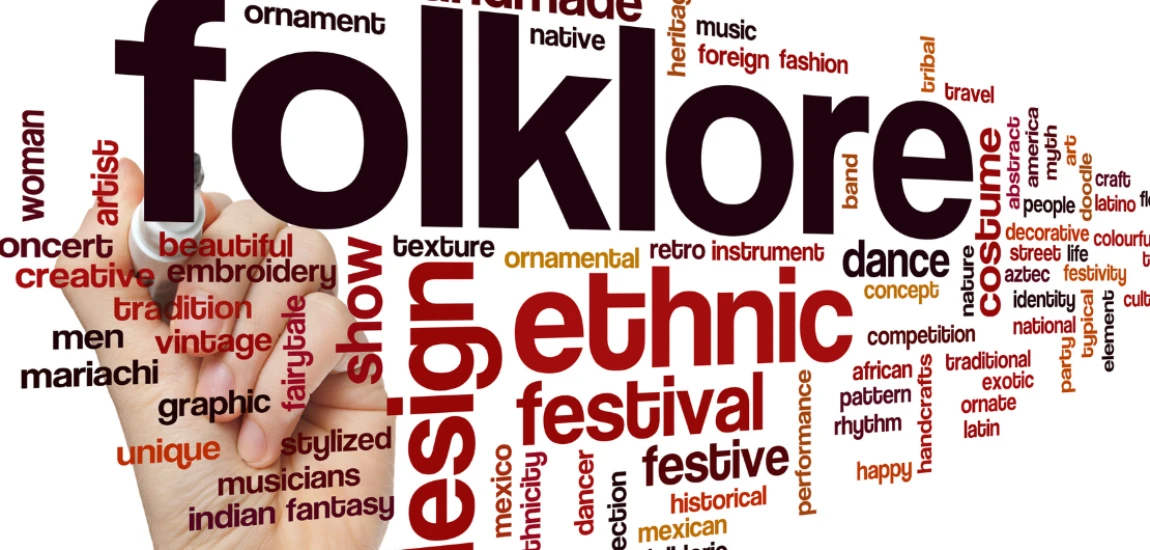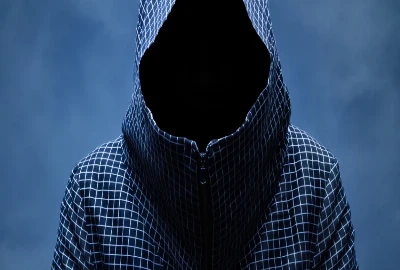Biopunk Folklore: Genetic Futures Told Through Ancestral Forms

Storytelling has always been a form of genetic memory—each tale a code passed down through generations. In the 21st century, this metaphor has become literal. As biotechnology and genetic engineering redefine what it means to be human, a new narrative genre has emerged: biopunk folklore.
This hybrid aesthetic fuses the mythic past with speculative biology, treating DNA as both archive and prophecy. Instead of envisioning sterile laboratories and dystopian futures, biopunk folklore asks: What happens when science revives ancient myths at the molecular level? How might folklore—once used to explain nature—now evolve to explain biotechnology?
In this blog, we’ll explore how biopunk folklore reimagines genetic futures through ancestral forms. We’ll look at its narrative roots, thematic strategies, aesthetic language, and its power to reconnect human innovation with cultural memory.
Defining Biopunk Folklore: From Myth to Mutation

The Evolution of Biopunk
Biopunk, a subgenre of science fiction, focuses on biotechnology, synthetic biology, and genetic manipulation. Unlike cyberpunk’s neon urbanism, biopunk is organic, wet, and visceral. Its stories dwell in labs, ecosystems, and bodies, exploring how gene editing blurs boundaries between nature and invention.
Folklore as Ancestral Technology
Folklore is humanity’s original data system—a narrative way of encoding knowledge, fear, and morality into stories. Before DNA sequencing, myths preserved social and ecological wisdom across generations. In biopunk folklore, this narrative code meets biological code, merging cultural evolution with molecular evolution.
When Science Becomes Myth Again
As technology becomes more powerful—and less understood by the public—it begins to resemble magic. CRISPR gene editing, DNA synthesis, and cellular reprogramming echo the mythic archetype of creation itself. Biopunk folklore channels this tension, portraying science as both sacred and dangerous. In these stories, scientists become modern shamans, laboratories become temples, and genomes become grimoires.
Genetic Storytelling: DNA as Cultural Text

The Genome as Narrative Medium
In biopunk folklore, DNA is not just material—it’s metaphor. Genes are storytellers, carrying ancestral voices that whisper through biology. Each mutation becomes a narrative twist; each hybrid, a mythic remix. Stories unfold through spliced genomes, resurrected species, or engineered beings whose memories stretch across time.
Ancestral Memory and Biological Inheritance
Many cultures already treat ancestry as something alive within the body—spirits that live in the blood or bones. Biopunk folklore amplifies this idea by imagining literal biological reincarnations. Descendants might inherit not just genetic traits, but mythic memories encoded into their DNA. The result is storytelling that merges science fiction with ancestral spirituality.
The Ethics of Genetic Narratives
When the genome becomes a storytelling medium, questions of authorship arise. Who gets to write, edit, or delete the stories written in our genes? Biopunk folklore doesn’t just speculate about future technologies—it critiques the moral consequences of rewriting identity itself.
Reimagining Folklore Through the Lens of Biotech

Mythic Archetypes in Modern Context
Biopunk folklore reinterprets archetypes—monsters, spirits, tricksters—as bioengineered entities. The golem becomes a genetic clone. The mermaid becomes a hybrid species. The witch becomes a biohacker. These figures bridge the spiritual and the scientific, showing that both myth and biotech grapple with creation, control, and transgression.
The Return of the Sacred in Synthetic Life
In traditional folklore, nature was sacred—a living network of spirits and forces. Biopunk folklore restores this reverence in a new form: synthetic nature. Engineered organisms blur the line between natural and artificial, reviving questions of ecological balance and spiritual connection. When humans create life, they inherit divine responsibility.
Storytelling as Resistance
Just as ancient folklore preserved community identity under colonial or cultural oppression, biopunk folklore becomes a tool of resistance against techno-capitalism. By telling stories that humanize genetic futures, marginalized voices reclaim the right to narrate their own evolution. The laboratory becomes a site of mythic struggle between control and liberation.
The Aesthetics of Biopunk Folklore: Organic Futures and Primal Design

The Look and Feel of the Genre
Visually, biopunk folklore merges the sleek precision of biotech with the texture of myth. Think glass incubators etched with ancestral symbols, living architecture infused with ritual design, or glowing flora grown from folkloric seeds. The aesthetic is organic yet ritualistic—where laboratory instruments resemble sacred artifacts.
Sound, Language, and Symbolism
In literature, music, and film, biopunk folklore employs sound and language to evoke both the ancient and the alien. Polyphonic chants meet synthetic frequencies. Dialogues reference mythic cycles alongside gene editing terminology. This fusion generates a sensory dissonance—familiar yet futuristic, holy yet clinical.
Nature’s Rebellion as Art
Many biopunk folklore narratives center on the rebellion of nature against human arrogance. From overgrown laboratories to genetically awakened forests, the natural world reclaims agency. Artists and storytellers use this aesthetic to visualize an ecological myth for the Anthropocene: one where Earth evolves her own defenses, blurring survival with vengeance.
Cultural Hybridity and the Reclamation of Ancestry

Folklore as Postcolonial Code
In postcolonial contexts, biopunk folklore serves as cultural recovery. Indigenous and non-Western mythologies reframe biotechnology through their own cosmologies, challenging the Western dominance of scientific discourse. For instance, stories may imagine biotech as an extension of animist belief—a continuation, not a contradiction, of spiritual knowledge.
Reclaiming Genetic Identity
As genetic databases expand, identity becomes both a scientific and cultural question. Who defines lineage in a world where ancestry can be edited or fabricated? Biopunk folklore uses myth to reassert the emotional, spiritual, and political dimensions of identity beyond data. DNA tests may map heritage, but folklore maps belonging.
Transgenerational Storytelling
This genre also redefines inheritance—not just as bloodline, but as narrative. Each generation adds a mutation to the collective story, blending technology with memory. The hybrid beings of biopunk folklore embody the continuity between ancestors and descendants, showing that even in the age of synthetic biology, the past still breathes within us.




